
Aquaporins act in concert to regulate cold acclimation and freezing tolerance (Plant Cell Physiol.)
Plant Science Research WeeklyAquaporins, also known as plasma membrane intrinsic proteins (PIP), are a large group of transporters that facilitate water transport through membranes. In this article, Rahman et al. explored the role of aquaporins in the cold stress response. They found that two aquaporin genes, PIP1;4 and PIP2;5,…
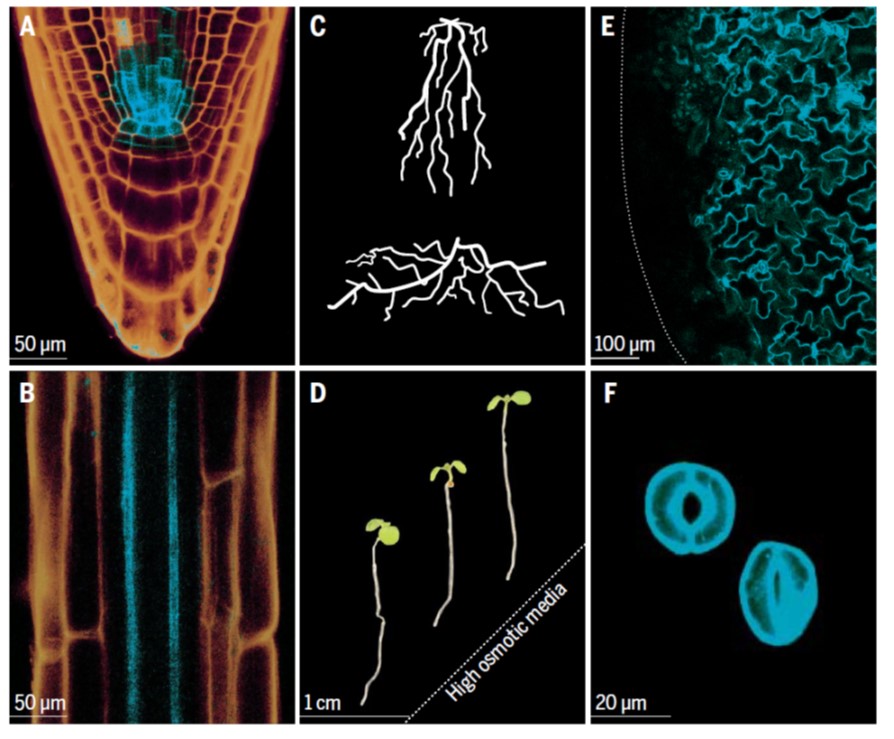
Reviews: The physiology of plant responses to drought, and forests and drought ($) (Science)
Plant Science Research WeeklyThe increasing global population causes an increasing need for food, but the changing climate means increasing drought occurrences. The April 17 2020 special issue of Science focusses on drought and its effects on food and the environment. The issue includes a fine review by Gupta et al. that provides…
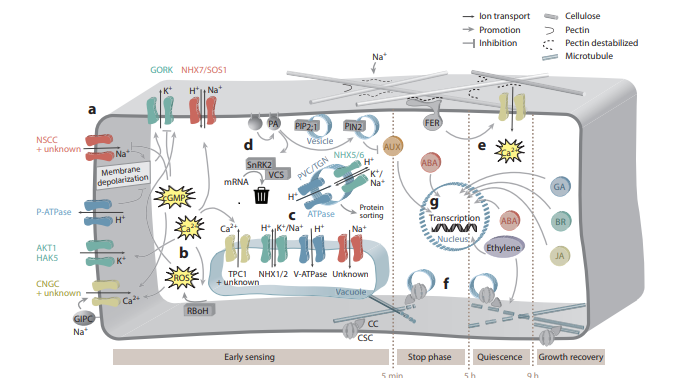
Review: More than a pinch of salt: How plants tolerate salty conditions (Annu. Rev. Plant Biol.)
Plant Science Research WeeklyHigh soil salinity has implications greater than what meets the eye; in addition to the apparent ‘ionic’ stress caused by the toxic sodium (Na+) and chloride (Cl-) ions, it causes osmotic stress (drought-like condition), altered potassium (K+) homeostasis, inhibition of photosynthesis and a plethora…
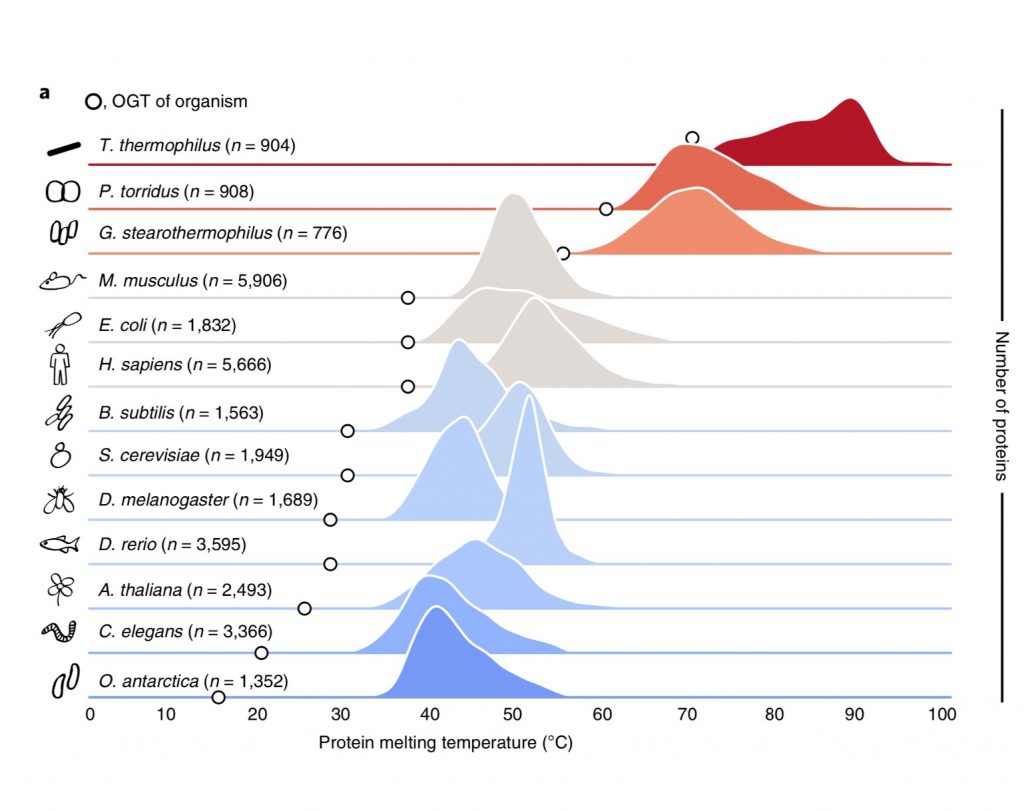
Meltome atlas: revealing protein thermal stability across the tree of life (Nature Methods)
Plant Science Research WeeklyEnvironmental cues can affect the structure and function of proteins. To get broad empirical information about the effect of temperature on protein stability, Jarzab, Kurzawa, Hopf et al. generated an atlas of proteome thermal stability across 13 model organisms, including bacteria, yeast, worm, fish,…
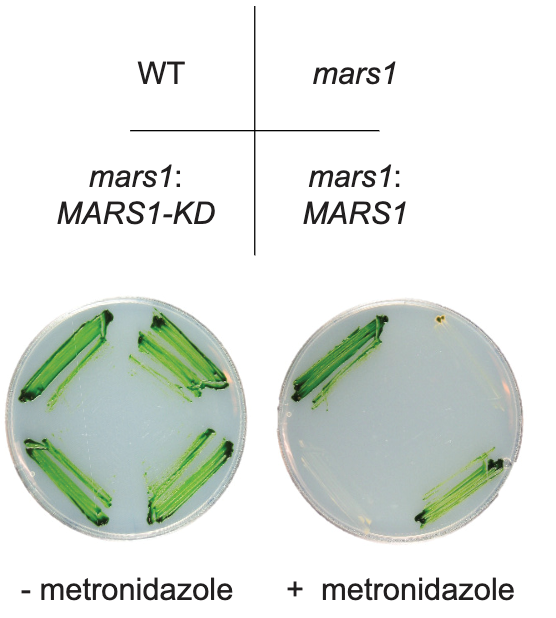
Mars1 kinase signaling in the chloroplast unfolded protein response (eLIFE)
Plant Science Research WeeklyIn stressful situations, such as high light and nutrient scarcity, the chloroplast may experience increased proteotoxicity due to a surge in damaging reactive oxygen species. In response, a signal is sent to the nucleus to increase production of many proteins, including proteases and chaperones to help…

Update: How plants sense and respond to stressful environments (Plant Phys)
Plant Science Research WeeklyA longstanding question in plant science is how plants “know” that they are under threat. The identification of cell-surface receptors that identify conserved pathogen patterns sheds some light on biotic stress perception, but what about abiotic stresses such as excessive heat or drought? Lamers…
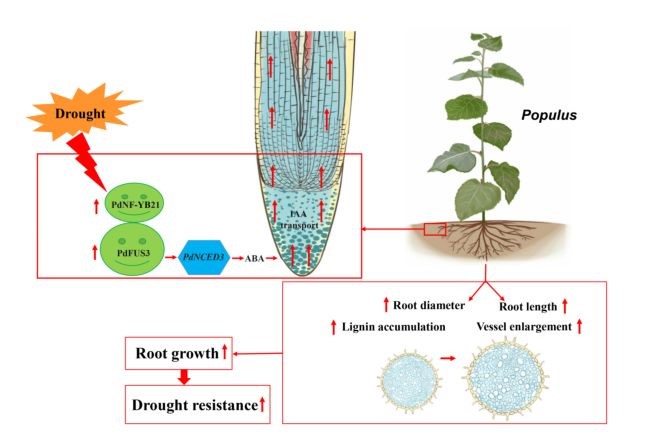
Transcription factor NF‐YB21 positively regulate the root growth in Populus (New Phytol)
Plant Science Research WeeklyNuclear factor Y (NF-Y) proteins are heterotrimeric transcription factors made up of A, B and C subunits that exist in higher eukaryotes. Previous work has implicated NF-Ys in root growth. Recently, Zhou et al. isolated a root-specific NF-Y family transcription factor in Populus designated as PdNF-YB21.…
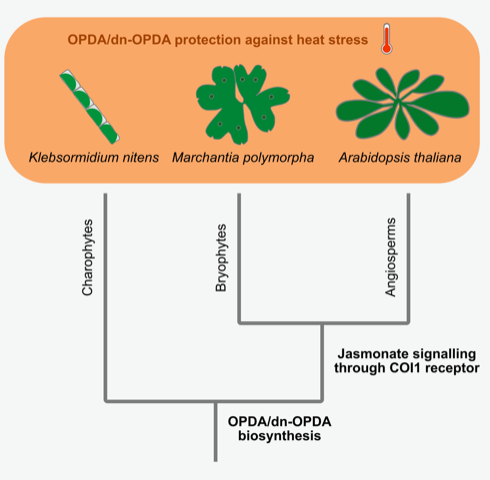
Heat tolerance regulated by an ancient jasmonate signaling pathway (Curr. Biol)
Plant Science Research WeeklyJasmonate responses are regulated not only by the well-studied pair of the bioactive hormone jasmonoyl-isoleucine (JA-Ile) and the receptor COI1, but also the cyclopentenone OPDA and the JA-Ile precursor dn-OPDA can activate jasmonate signaling. However, the OPDA/dn-OPDA signaling and their physiological…
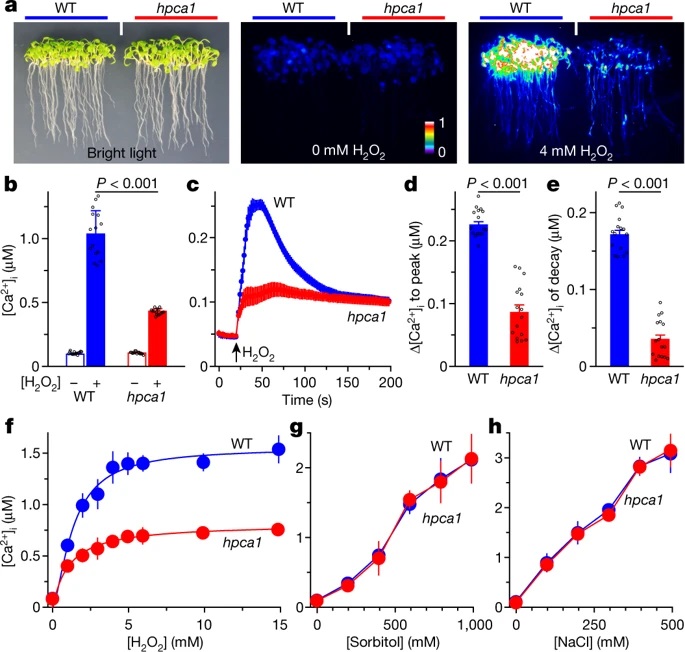
Hydrogen peroxide sensor HPCA1 is an LRR receptor kinase in Arabidopsis (Nature)
Plant Science Research WeeklyHydrogen peroxide (H2O2) is an important signal involved in diverse stress responses both intracellularly and extracellularly, but until now it hasn’t been clear how the plant recognizes it. Wu et al. used a genetic screen to search for plants that fail to produce a calcium influx response in the presence…

